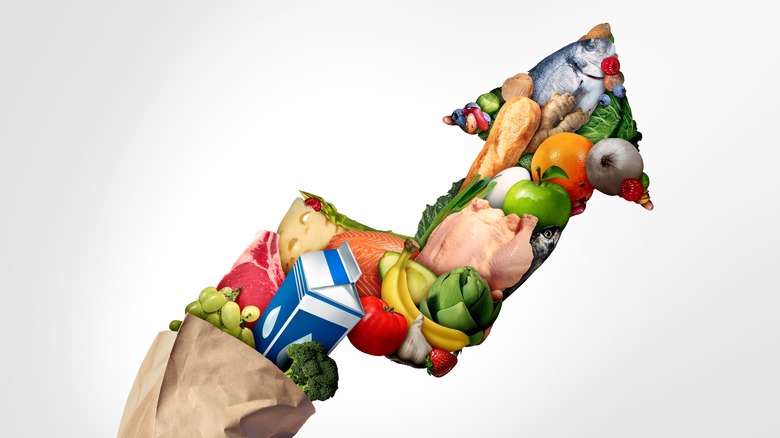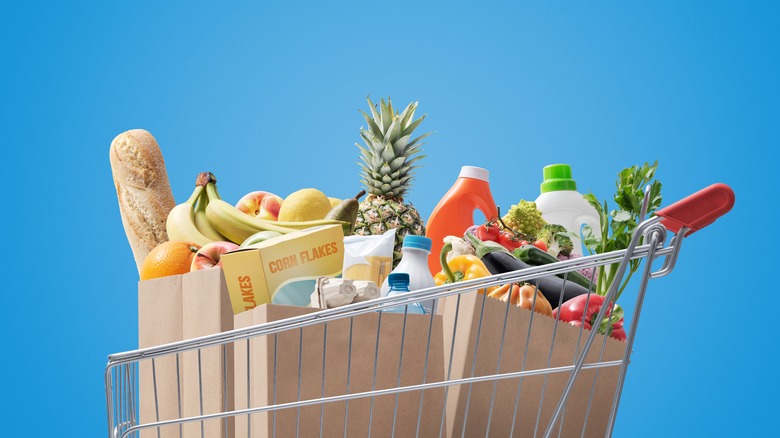For The First Time In A Year, Global Food Prices Have Begun To Increase
Although there have been signs that grocery costs in the United States are slowly declining, that may be short-lived. Global food prices have swelled for the first time in a year, according to a United Nations food price index released on May 5, 2023.
Food commodity prices rose about 0.6% in April from March. Zooming in, certain food has seen drastic increases since March. For example, the price of sugar jumped 17.6% — the highest level since October 2011. Meanwhile, Bloomberg reports that dry weather and "lower fertilizer use" has led to less sugar production in India, China, and Thailand as well as Brazil.
On the other hand, meat prices increased by 1.3% as production tried to meet demand. However, a decline in cattle for slaughter has led to cost increases. While food prices may have increased from April, the price index was about 19.7% below what it was at the same time last year. In April 2022, global food prices skyrocketed due in part to the war in Ukraine, according to Axios.
Food prices has fluctuated
Not all food commodities have seen a surge in cost globally. According to the UN's food price index, several items have seen a decline. The cost of vegetable oil has dipped for the fifth consecutive time, this time falling 1.3%. Dairy prices have also declined by 1.7%. Wheat prices dropped 2.3% thanks in part to export excess in Australia and Russia. The cost of maize has also decreased by 3.2%.
The rise in global food prices comes as the United States is recovering from inflation on certain pantry staples. According to the latest consumer price index from the Bureau of Labor and Statistics, food-at-home prices slightly decreased in March. The cost of meats, poultry, fish, and eggs dropped by 1.4%. Eggs prices have dipped by 10.9% after notably soaring last year. Though people in the U.S. may soon see the last days of expensive eggs, rice prices may increase due to an expected global rice shortage.

